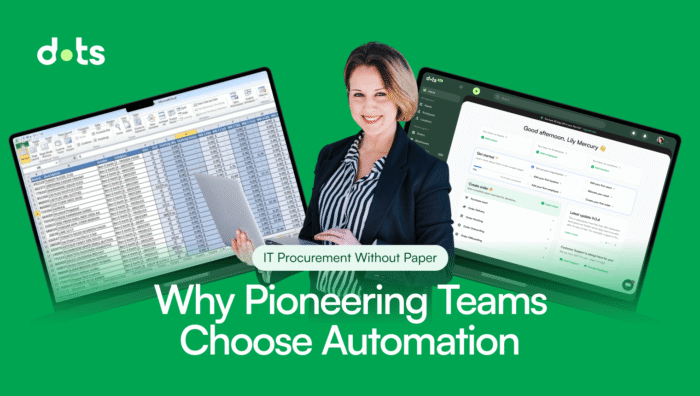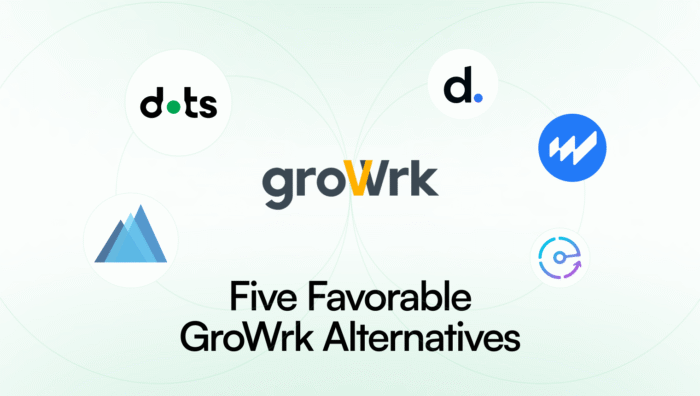Imagine this: You walk into the office on a Monday morning. A shiny new PS5 sits on your desk, ribbon still wrapped, and a little note reads: “Looking forward to helping you with ExampleTech. Happy to do business!”
Tempting? Maybe.
Appropriate? Absolutely not.
As someone who’s been in IT procurement long enough to receive more champagne bottles than I could possibly store, I’ve learned a simple truth:
The moment you give the supply chain a face, you create a door for influence.
Panayiotis Demetriou
What’s at Stake When Procurement Gets Too Personal?
When a supply chain has a name and a face, three things start to happen – none of them good:
- Bribery and favoritism creep in: Even well-meaning professionals can be influenced when a relationship becomes too close.
- Human error increases: Manual decisions mean inconsistencies, missed opportunities, and delays. Keeping IT logistics “faceless” and automated, on the other hand, means the opposite: In our case, that means systems that are consistent with your IT asset management processes and policies, the best price for every client and IT equipment delivered on time every time.
- Efficiency drops: Every one-on-one negotiation or personal follow-up takes time away from what really matters, delivering value.
I’ve seen procurement processes held up for days because someone forgot to respond to an email, update a spreadsheet, or push a decision forward. Multiply that by ten global offices and a few dozen new hires a month, and you’ve got a bottleneck, not a supply chain.
What Does a Healthy Supply Chain Look Like?
Here’s what I believe every modern supply chain should aim for:
- Automation-first: Let software manage vendor comparisons, bidding, availability checks, and pricing updates. No need for “friendly nudges” from suppliers.
- Centralized visibility: One source of truth for assets, orders, locations, and employee needs.
- Vendor-agnostic procurement: Choose suppliers based on data, not handshakes.
- Standardization: No more last-minute scrambles for the right keyboard layout or adapter. The system should remember.
What Are Top-Performing Chief Procurement Officers Doing?
McKinsey have it pretty clear: from 2023-2024 the percentage of respondents saying digital enablement is now a core priority multiplied by 12.
“Chief procurement officers (CPOs) recognize they must adopt more digitally sophisticated, data-driven practices.”
— McKinsey, 2025. From “Mitigating Procurement Value Leakage with Generative AI”
Supply Chains Should Be Faceless, and That’s a Good Thing
A faceless supply chain doesn’t mean it lacks accountability. It means it’s protected from influence, from mistakes, and from wasted time.
When I say “faceless,” I mean that no single person can tip the scale. Every decision is transparent, trackable, and rooted in what’s best for the company, not for the individual.
At Dots, this philosophy runs deep. We’ve built systems that automate and anonymize procurement, streamline onboarding and offboarding, and remove ego from logistics. That’s how we scale fast, stay ethical, and stay ahead.
Ready to discover how we manage IT procurement at Dots? We’ll get you set up for free, with a 30-day Pro trial included. Book a demo today.





